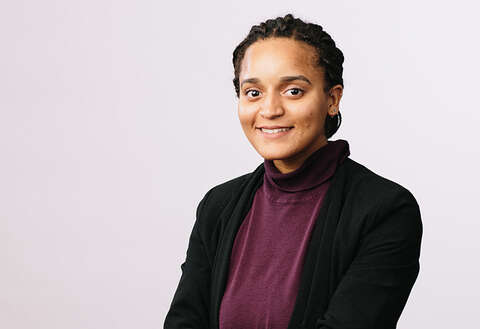Spring 2020 U of T Inter-professional Healthcare Open House
Google map
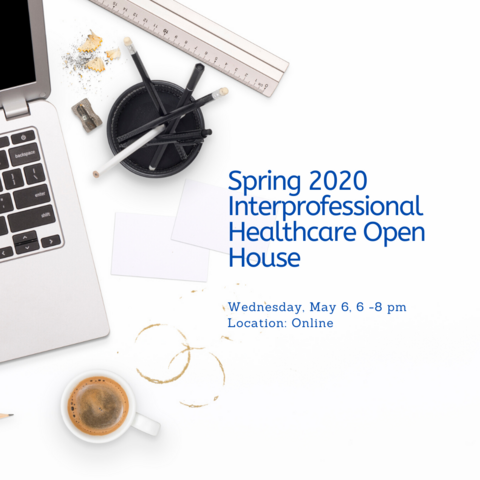
The University of Toronto Faculty of Medicine will be participating at U of T's 2020 Spring Inter-professional Healthcare open house via Zoom. We hope to give prospective students a glimpse into the various professional healthcare programs at U of T including our very own Doctor of Medicine (MD) program. Learn more about our world renowned MD program and chat with our panel regarding the curriculum, student life, admission requirements and career as a physician on May 6th. For more information and to join the event, please RSVP here.
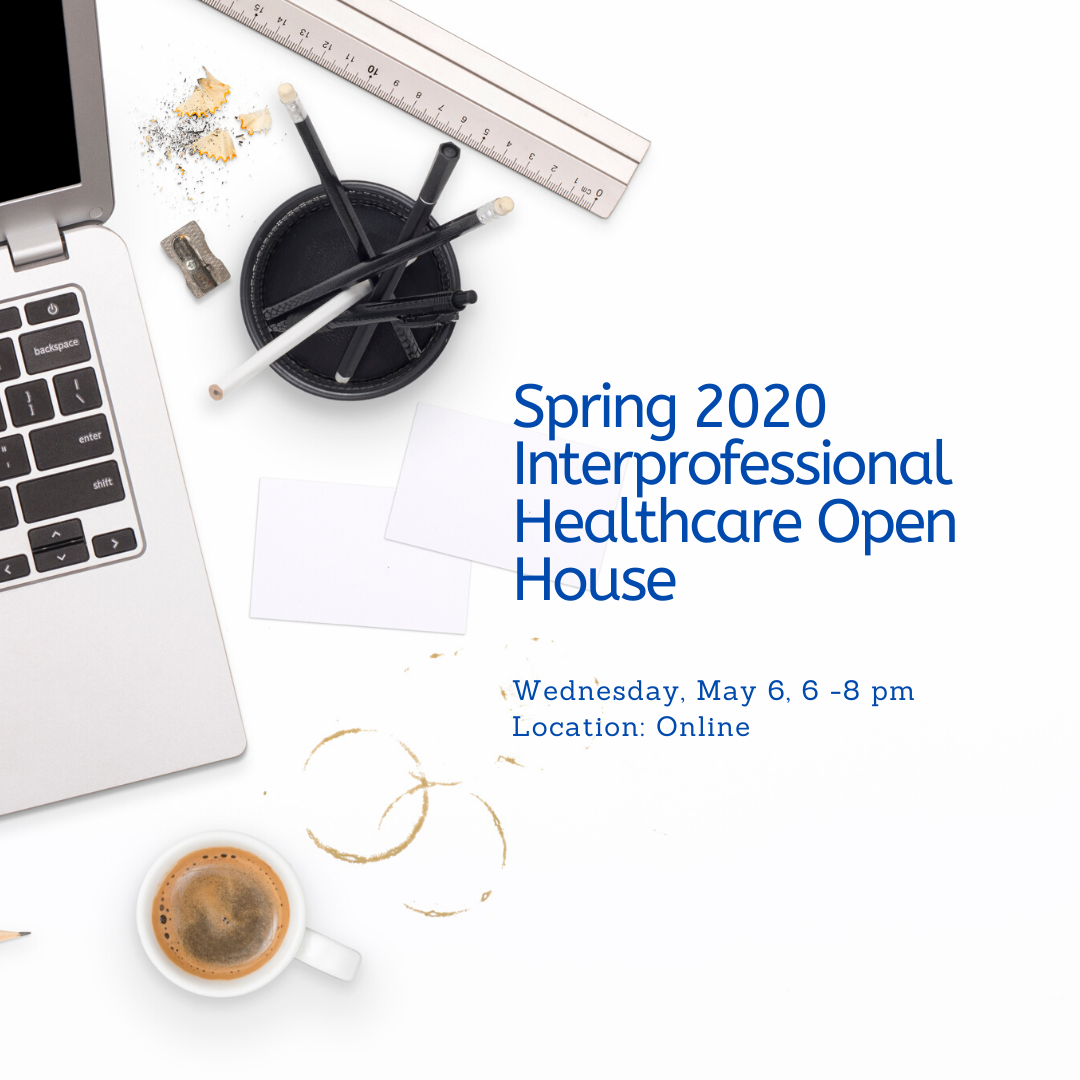

Optimize this page for search engines by customizing the Meta Title and Meta Description fields.
Use the Google Search Result Preview Tool to test different content ideas.
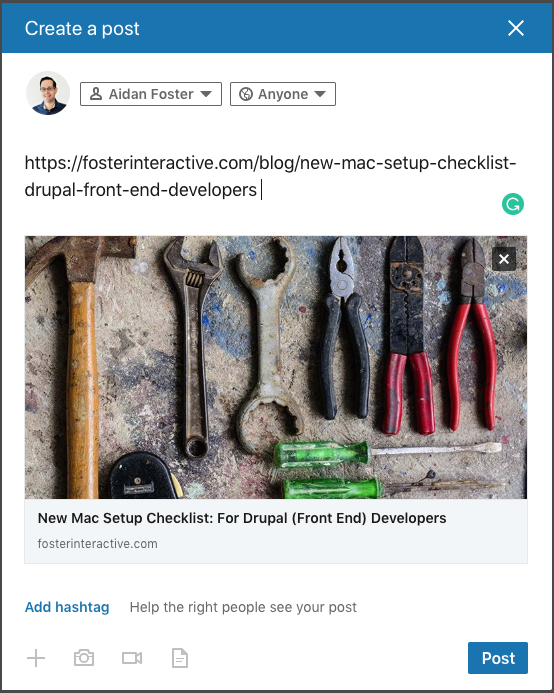
Select a Meta Image to tell a social media platform what image to use when sharing.
If blank, different social platforms like LinkedIn will randomly select an image on the page to appear on shared posts.
Posts with images generally perform better on social media so it is worth selecting an engaging image.
MD Program Financial Resource Explorer
Congratulations in reaching one-step closer to your career in medicine! If you’ve landed on this page, you are no doubt starting to plan and think about the associated financial costs to completing your MD degree. Medicine can be a challenging yet rewarding program in more ways than one. The UME team aims to support our students with both resources and tools to ensure a smooth transition into the program so you may focus your attention on what matters – getting the most out of your medical education.
If you are incoming student, take a look at our first module in the MD Program Financial Resource Explorer series, a financial literacy tool aimed at medical students.
You will learn valuable information and tips on how to finance your medical school career.
PART 1: Funding Medical School and Financial Aid
PART 2: Student Loan Consolidation and Debt Repayment
As you progress through your studies, make sure to keep an eye on our next modules in the series as we promise to guide you along to better manage your finances while completing your MD degree at U of T.

Optimize this page for search engines by customizing the Meta Title and Meta Description fields.
Use the Google Search Result Preview Tool to test different content ideas.

Select a Meta Image to tell a social media platform what image to use when sharing.
If blank, different social platforms like LinkedIn will randomly select an image on the page to appear on shared posts.
Posts with images generally perform better on social media so it is worth selecting an engaging image.

MD Student Support and Diversity: Chantal Phillips
While visiting her stepfamily, she met kids who had the opportunity of becoming doctors — something she felt was out of reach for her. Phillips credits programs like the Faculty of Medicine’s Community of Support and Black Student Application Program — as well as student financial support — in making opportunities like these possible.
“Now, I am the first in my family to go to university, and will be the first to be a doctor,” she says.
As the Faculty of Medicine works to support students from diverse backgrounds through various programs, including providing matching funding for donations to MD student bursaries, in the following Q&A excerpt, Chantal reflects on her own journey to medical school.
What inspired your interest in medicine?
My mother was a personal support worker (PSW) throughout my childhood and it was clear how much she cared for her patients. Having her as an example of what an empathetic health care provider looked like gave me insight and sparked my desire to emulate that in my own career.
At the systemic level, my interest in addressing health disparities in the black community was a major propelling factor. Overall, I knew being a doctor would help merge my desire to positively and directly impact lives, while also influencing social systems that have downstream effects on the morbidity and mortality of Black Canadians.
Did you know many Black health care professionals before applying to med school?
Most of the Black health care professionals I encountered were PSWs or nurses. I’d never been treated by a Black physician, despite living in Toronto and then Brampton, which have substantial Black populations.
Why do you think Black students have been under-represented in medicine?
The nature of privilege and education is multifaceted. Getting into medical school doesn’t start with the application cycle. It starts the moment we’re born and become learners. Black communities experience higher rates of poverty, which influences access to educational resources.
Children from families of higher socioeconomic status typically have parents with the means to support educational activities. Academic summer camps, time at the library, tutors and early mentorship are examples of privileges that establish a foundation for learning and advancement.
Furthermore, underrepresentation is cyclical. When you don’t see people who look like you represented in a particular field, especially a competitive one, it can have a negative impact on your self-image and self-efficacy.
How did Faculty of Medicine’s Black Student Application Program help you get to know U of T Medicine better, and help U of T Medicine get to know you better?
The Black Student Application Program reinforces the advocacy, diversity and inclusion outlined in the U of T Medicine strategic plan. It’s one thing to read a strategic plan and another to see measurable action of these documents. Investing in this stream to address an evident disparity emphasized the authenticity of these claims. Applying through this stream also allowed me to more genuinely speak about my involvement in the Black community. I was confident these initiatives would be appreciated for their full value, considering there were Black community members reviewing the applications.
How was your experience during the first term of the MD Program?
My initial transition to medical school wasn’t easy. Uprooting and rebuilding your home, academic standing, social circle and community initiatives would be tumultuous for practically anyone. I got really sick at the beginning of flu season because of how much stress I was putting myself under. It was a wake-up call and made me realize I needed to alter what I was doing. I decided to prioritize my wellness and growth. Since then, I’ve been much happier and better integrated. I’m excited to be here and meeting so many amazing people. This might be the honeymoon phase, but I hope it persists and I continue enjoying learning as much as I do now.
The Faculty of Medicine is providing matching funding for donations to MD student bursaries, to ensure more students like Chantal receive a robust educational experience, regardless of their background or financial situation. To find out more, please contact Senior Development Officer Afshaan Kohari at afshaan.kohari@utoronto.ca or 647-526-3958. You can also make a donation to the Dean’s Bursary and Excellence Fund online.

Optimize this page for search engines by customizing the Meta Title and Meta Description fields.
Use the Google Search Result Preview Tool to test different content ideas.

Select a Meta Image to tell a social media platform what image to use when sharing.
If blank, different social platforms like LinkedIn will randomly select an image on the page to appear on shared posts.
Posts with images generally perform better on social media so it is worth selecting an engaging image.
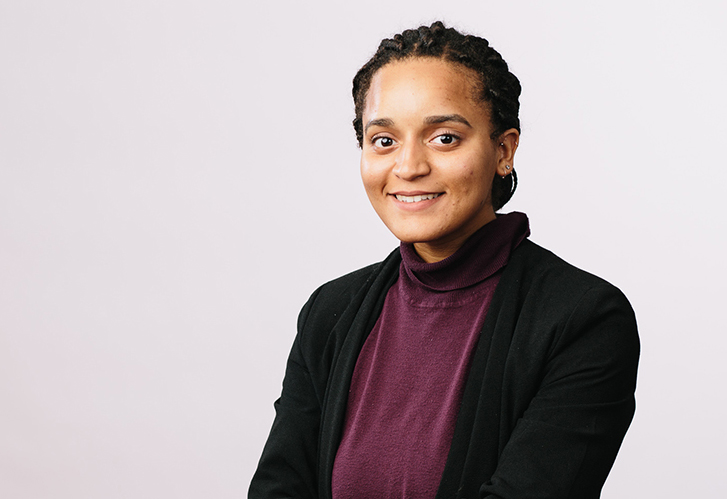
U of T Named Among World's Top 10 for Health Sciences
Times Higher Education ranking places U of T Medicine sixth globally for clinical, preclinical and health program.
The University of Toronto is ranked sixth in the world for clinical, preclinical and health programs, according to the prestigious Times Higher Education (THE) subject rankings.
The ranking is the highest-ever for the University in clinical, preclinical and health programs, of 775 top universities in the world. It’s a reflection of the University’s growing stature, having ranked 13th in 2019 and 19th in 2018.
“We are delighted that the University of Toronto is receiving global attention for the excellence of its medicine and other clinical programs. It confirms what many of us have long known – that we’re among the top institutions in the world,” says Professor Trevor Young, Dean of the Faculty of Medicine and Vice-Provost, Relations with Health Care Institutions.
“This outstanding result is due to momentous work by our faculty, trainees and staff, and the incredible support of our community and full affiliates, including the Toronto Academic Health Science Network (TAHSN). It also reflects the Toronto Advantage, which shows how for nearly a century, U of T has been the source of some amazing advances in health research,” he says.
The rankings by Times Higher Education are based on five main categories: research paper citations, teaching, research, international outlook and industry income. “These rankings illustrate the power of institutional collaboration and teamwork,” says Dr. Gary Newton, President and CEO of Sinai Health System and Chair of TAHSN. “They also highlight the continued academic mandate of this network and the benefit it brings to our entire city and country. This will help us attract health practitioners and scholars from across the world who want to participate in the most leading-edge research and care.”
The rankings come on the heels of another strong showing by U of T in Times Higher Education overall ranking released in September, which placed the University first in Canada and 18th worldwide.
Next year, U of T will host the Times Higher Education’s World Academic Summit.

Optimize this page for search engines by customizing the Meta Title and Meta Description fields.
Use the Google Search Result Preview Tool to test different content ideas.

Select a Meta Image to tell a social media platform what image to use when sharing.
If blank, different social platforms like LinkedIn will randomly select an image on the page to appear on shared posts.
Posts with images generally perform better on social media so it is worth selecting an engaging image.
Gabrielle Giroday

MD Admissions: Graduate Applicants
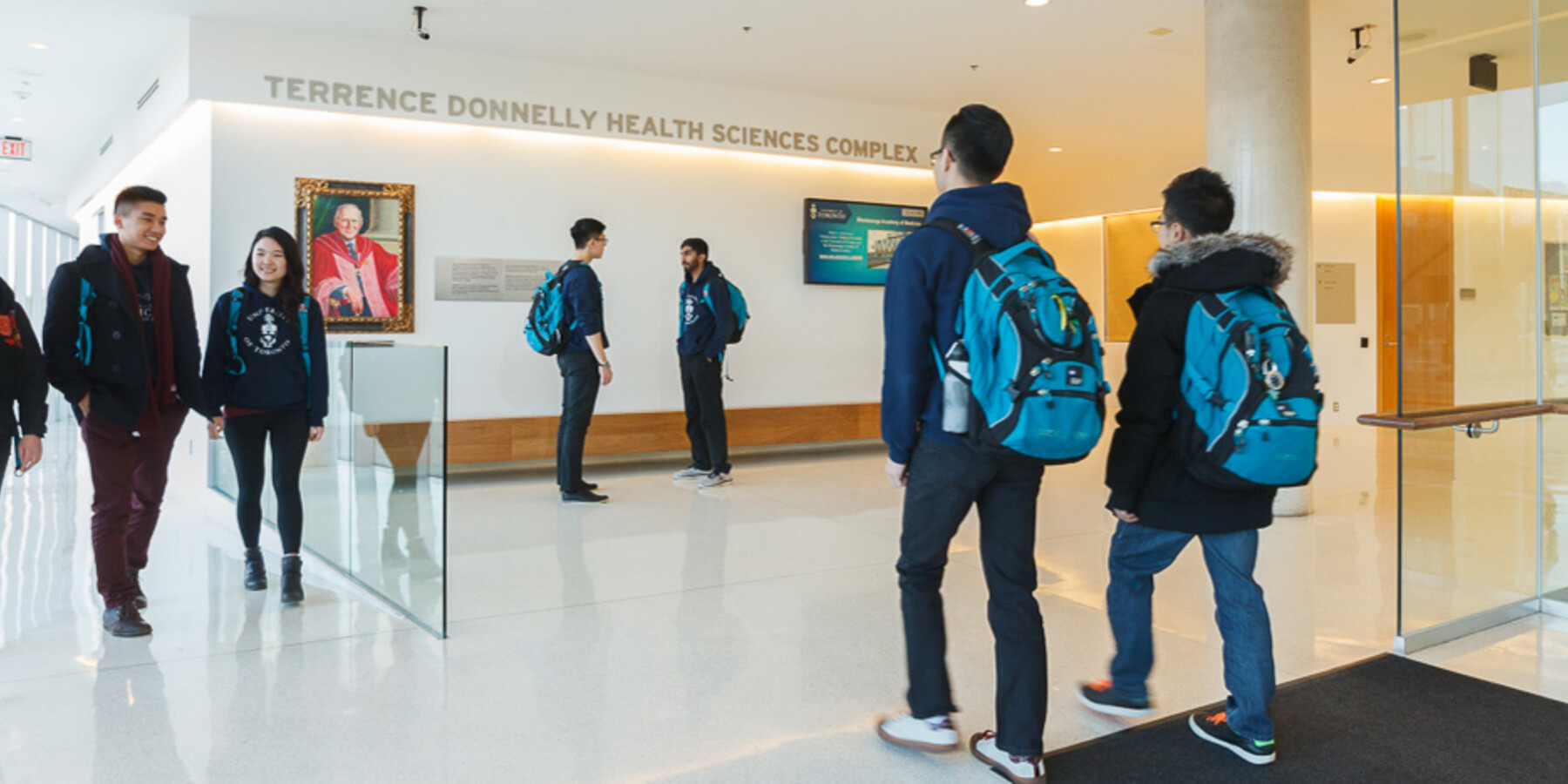
Every admission cycle, our MD program receives a considerable number of applications from graduate applicants. With an increasing number of submissions and following our recent changes to the application process, we would like to take the moment to share some helpful information to future applicants who fall in this category.
Who’s considered a graduate applicant?
A graduate applicant is defined as a candidate who is in pursuit or has completed their Master’s or PhD degree(s). Graduate diplomas, certificates and post-baccalaureate (post-bac) programs are not considered in determining your graduate applicant status. We are often asked how professional programs are assessed – programs such as PharmD, JD and DDS are typically undergraduate programs. Applicants are advised to confirm and verify their degree type (including the type of Master’s program) with their respective department should they have any questions.
Great! I am a graduate applicant, how am I assessed?
Although applicants would be applying through the graduate stream, they are still competing for the same number of seats along with our undergraduate applicants - there are no specific seats reserved nor preference for graduate applicants. However, graduate applicants will undergo an additional assessment that will provide them with credit on their application. For graduate applicants, the minimum admissions GPA requirement is 3.3/4.0 on the OMSAS scale, however, statistics from recent admissions cycles suggest a GPA near 3.7 to be competitive. See here for how graduate applicants are assessed. An important note to remember: graduate courses do not count towards an applicant’s GPA in their MD application. The GPA is solely calculated from their undergraduate courses at the university level. Since the CV is no longer required, applicants may include their research experience as part of their Autobiographical Sketch (ABS), brief personal essays and interview responses as long as they feel are relevant to their personal narratives.
Referees, verifiers, are they the same?
A graduate applicant must provide a verifier for their graduate degree (even if it’s already completed). This is simply a contact who is able to confirm and verify the applicant's graduate degree – they do not need to send in an additional confirmation letter. This person will typically be the graduate supervisor or the departmental administrator. The verifier is different from a referee: they are not submitting a Confidential Assessment Form for the applicant. However, it is perfectly acceptable to choose the same person to act as both their verifier and one of the three referees (although it is not a requirement).
Graduate program completion
Applicants must complete all of their graduate program requirements by the June 30th deadline prior to starting our MD program of the same entry year. However, their convocation ceremony may take place in the Fall (after having started medical school) to confer their degree. It is important to note that it is a requirement to complete the designated graduate program as part of our admission requirements. Successful applicants cannot leave or change their graduate program (ie. from a PhD into a Masters) if they are accepted into the MD program. They must complete their graduate program as originally registered and intended.

Optimize this page for search engines by customizing the Meta Title and Meta Description fields.
Use the Google Search Result Preview Tool to test different content ideas.

Select a Meta Image to tell a social media platform what image to use when sharing.
If blank, different social platforms like LinkedIn will randomly select an image on the page to appear on shared posts.
Posts with images generally perform better on social media so it is worth selecting an engaging image.

The Diversity Mentorship Program: Connecting Medical Students with Representation
With her two fellow classmates, Oni entered the patient’s room. After explaining they were first-year medical students here to conduct a history assessment interview, the patient asked for their names—excluding Oni from this request.
“I was standing in the middle of my two colleagues, both who were White females. The patient asked both of them for their names, but then completely ignored me,” she said. “In that moment, I was confused and didn’t know what to say because I wasn’t sure if this was intentional and based on the fact that I am a Black female.”
Oni credits her colleague for being an ally and intervening by asking if she wanted to introduce herself to the patient.
“The patient responded by saying, ‘I’m sorry, I thought you were the nurse.’ And that struck me because I knew microaggressions and discrimination was real, but I didn’t expect to encounter that during my first patient interview. I proceeded with the interview in a professional manner without letting it affect my interaction with the patient, but it gave me something to think about,” said Oni.
Luckily, Oni’s mentor, Dr. Onye Nnorom, was there to discuss the situation and validate her thoughts and feelings. Oni says having a mentor who can understand and identify with her experiences as a Black woman in the field of medicine has been instrumental to her development as a budding physician.
“Dr. Nnorom made me feel validated and like what I was feeling wasn’t just in my head. We talked through the experience and she gave me all these really interesting articles to read about microaggressions and discrimination. Dr. Nnorom helped me harness my energy into something productive.”
Oni and Nnorom are just one example of the many positive mentee and mentor pairs that have been made possible by the Faculty of Medicine’s Diversity Mentorship Program.
The initiative was originally started in 2015 by Dr. David McKnight, former Associate Dean, Equity and Professionalism in the Faculty of Medicine, and later re-launched in 2017 by the Faculty’s Office of Inclusion and Diversity.
The main goal of the Diversity Mentorship Program, which serves to match medical students with practicing physicians, is to provide mentorship opportunities to medical trainees at the University of Toronto who come from minoritized and underrepresented groups in medicine. This includes students who identify as Indigenous, racialized, LGBTQ2s, first in the family to attend university, differently abled, economically disadvantaged or from a minoritized faith group, amongst other groups.
As an equity-based mentorship program, it includes conversations about power, privilege, social identities, barriers and allyship. The Diversity Mentorship Program aims to further the culture of mentorship within the Faculty of Medicine and create welcoming environments for students who may otherwise feel like they are not represented in their spaces or face barriers based on their social identity.
“The myth of meritocracy puts a stigma on equity programs and frames them as a giving people unfair advantage,” said Shannon Giannitsopoulou, a Program Coordinator with the Office of Inclusion and Diversity. “But the reality is there are barriers for students from underrepresented and minoritized groups, such as the invisible curriculum, discrimination and microaggressions, lack of representation in medicine and financial barriers to name a few things.”
This is supported by academic medical education literature, including recent studies suggesting that in the absence of formalized mentorship programs, equity-seeking students are either unaware of the value of mentoring, unable to find a mentor whom they identify with or can become hindered by their own self-reliance which works to isolate them further.
Since the inception of the program it has grown steadily in size. This year, the Diversity Mentorship Program received 92 mentee applications, representing an almost 50 per cent increase in applications, and was able to match all medical students to a mentor.
The matching process works by providing mentees with the opportunity to review mentor profiles and then self-select their top five mentor choices. Once pairs are matched, they are required to meet for a minimum of one-to-two hours in-person per academic term where mentees and mentors can discuss things such as academics, career exploration, residency interests and research advice.
Giannitsopoulou said that according to the surveys and data they have collected, 82.6 per cent of mentees agreed the Diversity Mentorship Program was a valuable addition to their medical education, with an additional 91.3 per cent responding they had a productive mentoring relationship with their mentor.
Oni, for instance, says one of the reasons she applied to be a mentee in the program is because she wanted to network and connect with more Black female physicians in the field of medicine and around Toronto. Being an out of province student from British Columbia, this was an essential part of settling into her journey as a medical student in a ‘foreign’ place and making new social connections.
“I wanted to get involved with the Diversity Mentorship Program so that I could network, make new friends in the city and connect with other diverse physicians and medical students,” she said. “After attending an event with the Faculty of Medicine and seeing so many ethnically diverse physicians there — I realized this was something I needed to see and this experience played a role in why I wanted to be mentored by a Black female physician.”
Oni says mentorship is something she now participates in through things like her online blog and Instagram account where she discusses her life as a U of T medical student and offers tips to new medical students and medical school-hopefuls.
“Mentorship is pretty close to my heart. I used to have this mindset that I could do everything on my own, but the program has been transformational for me. My small way of contributing back and trying to reach other people is through my Instagram and blog. I really like connecting with people and sharing my experiences with them,” said Oni.
If you are interested in learning more or becoming involved with the Diversity Mentorship Program as either a Mentee or Mentor, you can contact Shannon Giannitsopoulou. The program conducts a new intake on an annual basis and is available to all U of T undergraduate medical education students.

Optimize this page for search engines by customizing the Meta Title and Meta Description fields.
Use the Google Search Result Preview Tool to test different content ideas.

Select a Meta Image to tell a social media platform what image to use when sharing.
If blank, different social platforms like LinkedIn will randomly select an image on the page to appear on shared posts.
Posts with images generally perform better on social media so it is worth selecting an engaging image.

2019 AAMC Virtual Medical School Fair
Google map
Did you know?
You can chat with University of Toronto MD admission representatives on Thursday, February 21 from 11:00am – 8:00pm ET? We are here to answer all the questions you may have regarding MD program admission.
You can log on from the comfort of your computer or mobile device.
Registration is FREE for students. For more information including registration, click here.

Optimize this page for search engines by customizing the Meta Title and Meta Description fields.
Use the Google Search Result Preview Tool to test different content ideas.

Select a Meta Image to tell a social media platform what image to use when sharing.
If blank, different social platforms like LinkedIn will randomly select an image on the page to appear on shared posts.
Posts with images generally perform better on social media so it is worth selecting an engaging image.
Columbia University Medical School Fair
Google map
Location: Columbia University, Roone Arledge Auditorium, Lerner Hall,115th Street and Broadway Avenue,New York, NY 10027
Please join the Premedical Association and the Postbaccalaureate Premedical Program at the Columbia University Medical School Fair where more than 50 medical schools and healthcare programs are expected to gather to speak with more than 500 prospective students from Columbia University, Barnard College, and other schools from around the New York Metro area. Please come to meet Cindy Cao, International Recruitment and Transition Officer for questions regarding study medicine at University of Toronto, Toronto, Canada.
For more information including registration, click here.

Optimize this page for search engines by customizing the Meta Title and Meta Description fields.
Use the Google Search Result Preview Tool to test different content ideas.

Select a Meta Image to tell a social media platform what image to use when sharing.
If blank, different social platforms like LinkedIn will randomly select an image on the page to appear on shared posts.
Posts with images generally perform better on social media so it is worth selecting an engaging image.
SUMMA Pre-Health Conference & local Pre-Medical society visits, Stanford University
Google map
Location: Stanford University Jen-Hsun Huang School of Engineering Center.
The SUMMA Pre-Heath Conference is one of the oldest on the west coast, typically drawing 500 students from the Bay Area and California.
The goal of the SUMMA Conference is to increase the diversity of health professions with a focus on underrepresented minority students. It is designed to increase the number of minorities accepted into medical schools nationwide. The SUMMA Conference achieves these goals by offering a variety of workshops, presentations by key faculty and staff, mock interviews, networking with exhibitors representing medical and health profession schools from across the nation, and opportunities to meet Stanford medical students from similar backgrounds and cultures.
For more information including registration, click here.

Optimize this page for search engines by customizing the Meta Title and Meta Description fields.
Use the Google Search Result Preview Tool to test different content ideas.

Select a Meta Image to tell a social media platform what image to use when sharing.
If blank, different social platforms like LinkedIn will randomly select an image on the page to appear on shared posts.
Posts with images generally perform better on social media so it is worth selecting an engaging image.
McGill Graduate & Professional Schools Fair (SUS)
Google map
Is it docteur or médecin?
More importantly, how do I become one?
UofT MD Program will be at McGill to answer your questions during their Graduate & Professional Schools Fair! We will be holding a booth from 11AM - 3PM.
For more information, click here.
On espère de vous rencontrer là-bas! (Hope to see you there!)

Optimize this page for search engines by customizing the Meta Title and Meta Description fields.
Use the Google Search Result Preview Tool to test different content ideas.

Select a Meta Image to tell a social media platform what image to use when sharing.
If blank, different social platforms like LinkedIn will randomly select an image on the page to appear on shared posts.
Posts with images generally perform better on social media so it is worth selecting an engaging image.

